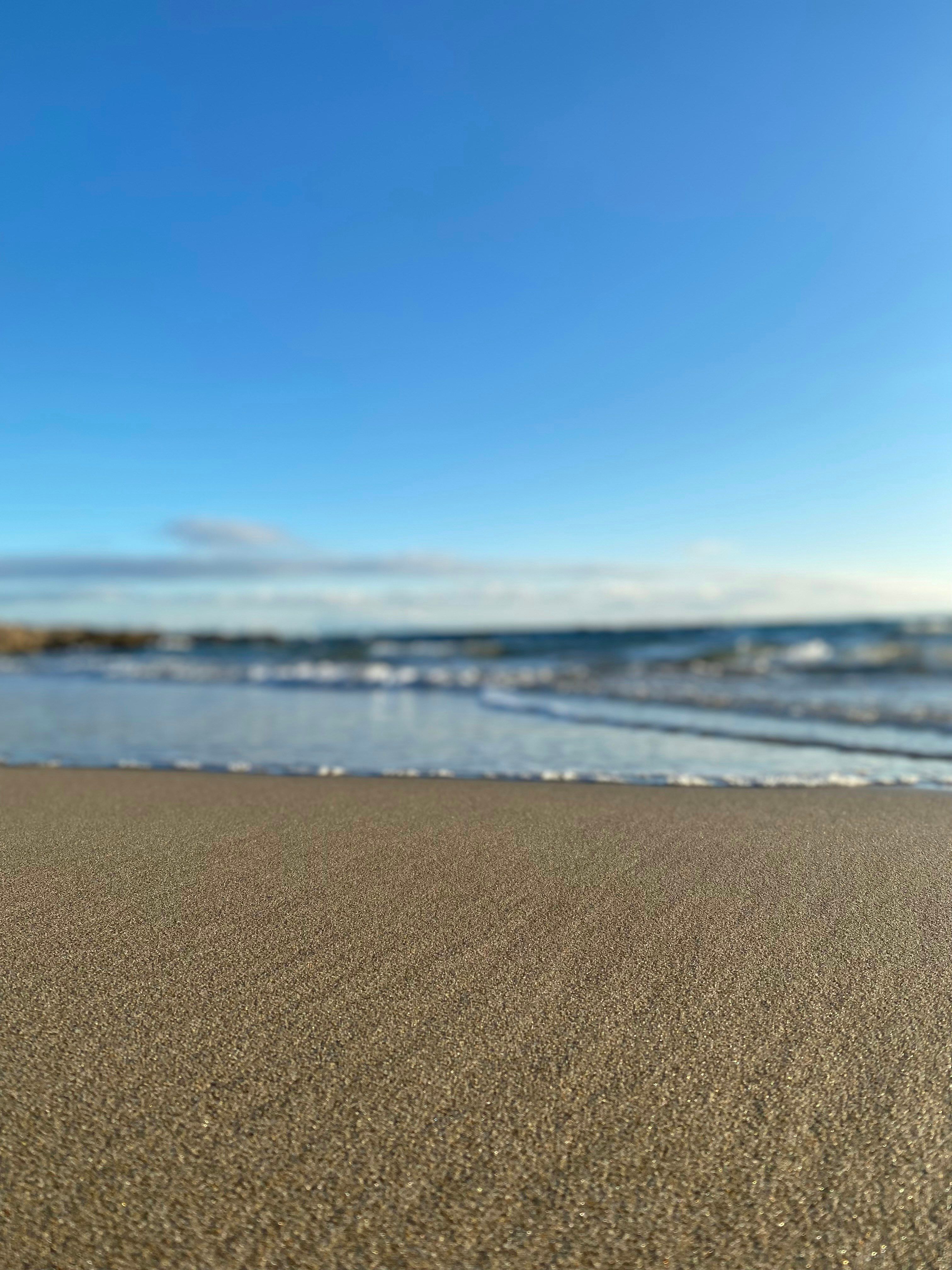Amazon needs to launch a new Kindle Oasis or Kindle Voyage model.
Amazon announced earlier this year that it would discontinue producing e-readers with physical buttons, citing customer preference for touchscreen devices. Devon Corvasce, an Amazon spokesperson, stated, "Once the current inventory of Kindle Oasis sells out online and in stores, we will not restock the device."
The Kindle Oasis and Voyage, premium e-readers during their time, featured advanced e-paper technology, physical page-turn buttons, and sleek aluminum bodies. The Oasis was the first e-reader to offer Bluetooth functionality, allowing users to purchase and listen to audiobooks from Audible with wireless headphones. As of now, all Kindle devices are touch-forward.
The move away from physical buttons reflects Amazon's current product strategy, which is focusing on low costs and mass market appeal. Amazon's e-readers are now made of lower-grade materials, have smaller batteries, and offer limited internal storage options. The company recoups costs by selling e-books, with the Basic Kindle often selling for less than $60. Despite its rough history with the Colorsoft, a color e-reader released nearly five years ago, Amazon remains a major player in the e-reader market.
However,Amazon has lost billions of dollars annually on its hardware division, according to reports. The company has faced criticism for releasing flop products, such as the Echo Frames, Alexa+, Fire Tablets, and Fire Phones, resulting in significant layoffs, including 10,000 employees a couple of years ago and a hundred executives last week.
Despite customer demand and competition, Amazon has not released a new premium e-reader with physical page-turn buttons. Instead, it has introduced a software solution, a firmware update (v5.18.1) for 10th generation or newer Kindles that enables a double-tap feature on the frame to turn pages forward. This could be Amazon’s response to the demand for easier page-turning without redesigning hardware to include physical buttons.
While other brands in the e-reader market, like Kobo, PocketBook, and Onyx Boox, are pushing innovation with new models featuring advanced features, Amazon appears to be taking a slower approach to new hardware releases. This refinement of existing product lines rather than the introduction of new premium models with physical buttons might explain Amazon’s current strategy.
Michael Kozlowski, the editor-in-chief at our platform, has written about audiobooks and e-readers for the past fifteen years. His articles have been featured in newspapers and websites such as the CBC, CNET, Engadget, Huffington Post, and the New York Times. He resides in Vancouver, British Columbia, Canada.
[1] Based on enrichment data, it is expected that Amazon will not announce new Kindle hardware until late 2026 or even 2027. The focus seems to be on refining existing product lines rather than introducing new premium models with physical buttons. Additionally, the competition in the e-reader market may influence Amazon’s pacing. While other brands are pushing innovation in the e-reader space, Amazon seems to be maintaining a slower release cycle for Kindle hardware.
- Considering Amazon has discontinued producing e-readers with physical buttons and is focusing on touchscreen devices, it's likely that future Kindle models, expected to be announced in late 2026 or even 2027, will be touch-forward gadgets.
- As the e-reader market flourishes with brands like Kobo, PocketBook, and Onyx Boox introducing innovative new models, Amazon appears to be taking a slower approach, refining existing product lines and relying on software solutions like touchscreen and double-tap technology, rather than rapidly releasing premium e-readers with physical page-turn buttons.








